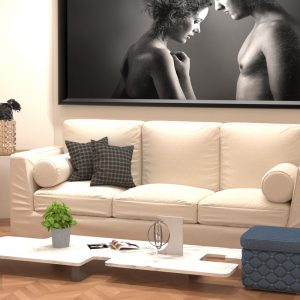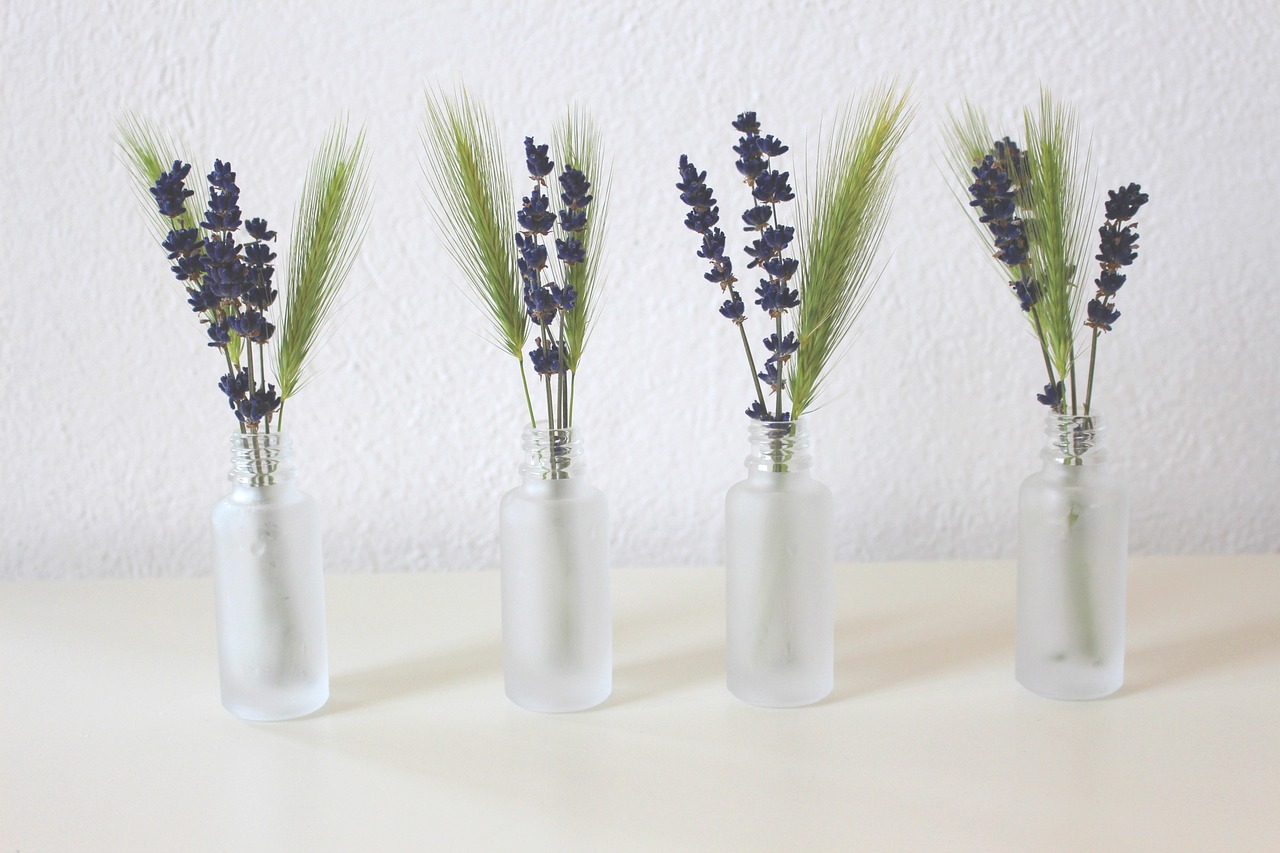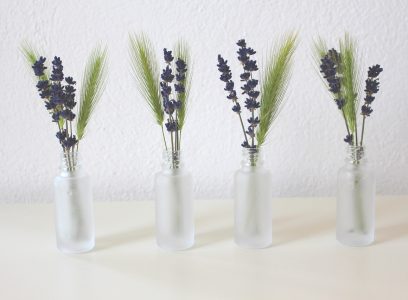-
 Living Room Sofa$999.99
Living Room Sofa$999.99
Minimalist decor is a design style characterized by simplicity, functionality, and a focus on essential elements. It emphasizes a clean and uncluttered aesthetic, favoring a “less is more” approach. The key principles of minimalist decor include:
- Simplicity: Minimalist decor seeks to simplify the visual and functional aspects of a space. It often involves paring down unnecessary elements, avoiding excess ornamentation, and focusing on fundamental design features.
- Neutral Color Palette: Minimalist interiors typically feature a neutral color palette, including whites, grays, and muted tones. This choice creates a calm and timeless backdrop, allowing other design elements to stand out.
- Clean Lines: The design incorporates clean and straight lines, avoiding intricate patterns or elaborate details. Furniture and architectural elements tend to have simple, geometric shapes.
- Functional Furniture: Minimalist decor prioritizes functional furniture with a purpose. Pieces are selected for their utility and often have a streamlined design. Multifunctional furniture is also common in minimalist spaces.
- Open Spaces: Minimalist design embraces open and uncluttered spaces. Furniture is arranged to allow for an airy and spacious feel, avoiding overcrowding and maximizing visual simplicity.
- Limited Decor: Decorative elements are kept to a minimum. Instead of numerous accessories, minimalist spaces feature a few carefully chosen items that contribute to the overall aesthetic without overwhelming the design.
- Natural Materials: Minimalist decor often incorporates natural materials such as wood, stone, and metal. These materials add warmth and texture to the space without compromising the minimalist aesthetic.
- Quality Over Quantity: The focus is on quality rather than quantity. Each element in a minimalist space is carefully selected, and the emphasis is on well-crafted, enduring pieces.
- Functional Lighting: Lighting in minimalist decor serves a functional purpose while maintaining a simple and clean design. Natural light is often maximized, and artificial lighting fixtures have straightforward designs.
- Hidden Storage: Storage solutions are integrated into the design to keep clutter out of sight. Built-in cabinets and hidden storage compartments contribute to maintaining a tidy and organized space.
- Balance and Harmony: Minimalist decor seeks a sense of balance and harmony in design. Symmetry, proportion, and careful placement of elements contribute to a visually pleasing and cohesive overall look.
- Mindful Negative Space: Negative space, or the empty areas in a room, is considered mindfully in minimalist decor. It allows the eye to rest and contributes to the overall sense of simplicity.
Minimalist decor is not just a design style; it often reflects a lifestyle philosophy that encourages mindfulness, intentional living, and a focus on what truly matters. By stripping away excess and embracing simplicity, minimalist decor creates spaces that are calming, functional, and aesthetically pleasing.

